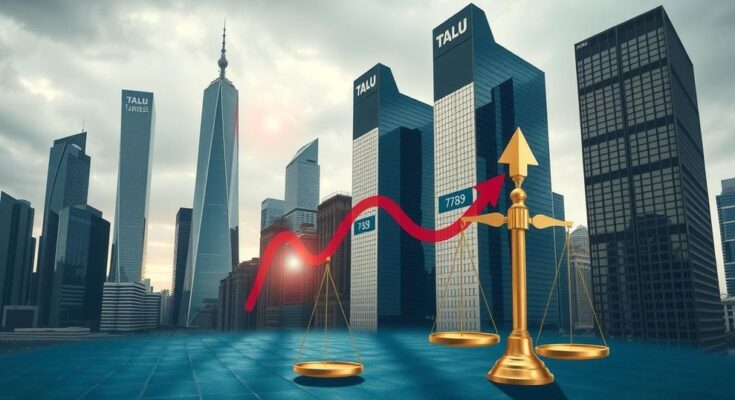In his first term, Donald Trump ignited the largest trade war since the 1930s, a tumultuous clash marked by unpredictable tariffs and threats that stirred chaos within global markets while drawing ire from economists advocating for free trade. Surprisingly, despite the uproar, the U.S. economy stayed resilient — inflation remained stable, growth continued, and trade deficits largely resisted Trump’s forceful measures, growing even larger instead.
However, as Trump gears up for a potential second term, his plans seem to escalate in ambition amidst a more precarious economic landscape. The proposed tariffs of 25% on goods from Canada and Mexico, along with a 10% levy on China, coupled with potential moves against the European Union, pose a significant risk to U.S. economic growth and might worsen domestic inflation, undermining Trump’s pledge to combat it.
The burden of these tariffs would primarily fall on U.S. importers, who would inevitably pass costs onto consumers, potentially causing price surges on everyday goods. Trump candidly expresses awareness of the downside, stating, “WILL THERE BE SOME PAIN? YES, MAYBE (AND MAYBE NOT!),” while promising that the sacrifices will be worthwhile. Currently, Trump’s administration has paused tariffs on Mexico and Canada for 30 days amidst negotiations about drug trafficking and undocumented workers while maintaining a 10% tariff on China, eliciting retaliatory measures from Beijing.
Trump’s perception of tariffs as a panacea to revive American manufacturing and bolster government revenue remains unchanged. His first-term policies targeted industrial goods, limiting consumer impact, yet did little to alleviate inflation or stimulate job growth. Economists, however, warn that the next phase of tariffs could yield considerably higher costs for the economy.
Trade analyst William Reinsch emphasizes the shift in strategy by noting, “That was then. This is now,” highlighting concerns that this time, cross-the-board tariffs could burden consumers more heavily. Businesses like Basic Fun are bracing for price hikes, projecting significant profit losses in anticipation of escalating tariffs.
Adding to the uncertainty, Trump hints at a sweeping international tariff of 10% to 20%. Such a wide-ranging approach may eliminate any loopholes for companies attempting to dodge tariffs by relocating production abroad, sending signals of instability to global suppliers. Meanwhile, an embedded retaliation clause in Trump’s tariff orders raises fears of escalating trade wars as countries respond with their own tariffs.
The fundamental difference this time lies in the economic backdrop; inflation rates are no longer subdued. After the surge of prices post-COVID lockdowns, Trump’s tariffs could reactivate inflationary pressures, leading to prolonged high-interest rates that burden mortgage and loan rates, inhibiting real economic growth.
As the nation holds its breath, waiting for Trump’s next unpredictable move, the reality of heightened tariffs looms over consumers. Observers like mechanic Jacobs Ogadi point out the contradiction in Trump’s promises, emphasizing that if prices rise, it’s ultimately consumers who bear the burden, stating, “If it goes up 25%, it’s not the government, it’s not the Mexican people paying for it. Who pays for it? Us.”
Donald Trump’s potential second-term tariff strategies signal greater economic risks than his first term. Proposed significant tariffs on Canada, Mexico, and China may trigger price hikes for consumers, countering his inflation control promises. As retaliation from trading partners threatens to escalate tensions, concerns grow about a renewed trade war amid an already challenging inflationary environment.
Trump’s proposed tariff policies for a potential second term carry higher risks, destabilizing the economic landscape compared to his first term. With significant tariffs on key trading partners, consumers may face increased prices, contradicting Trump’s pledge to control inflation. Moreover, retaliation from affected countries could trigger an ongoing trade war, complicating economic recovery efforts amidst already rising inflation. Ultimately, the unpredictability surrounding these tariffs leaves businesses, investors, and consumers grappling with uncertainty.
Original Source: www.independent.co.uk



